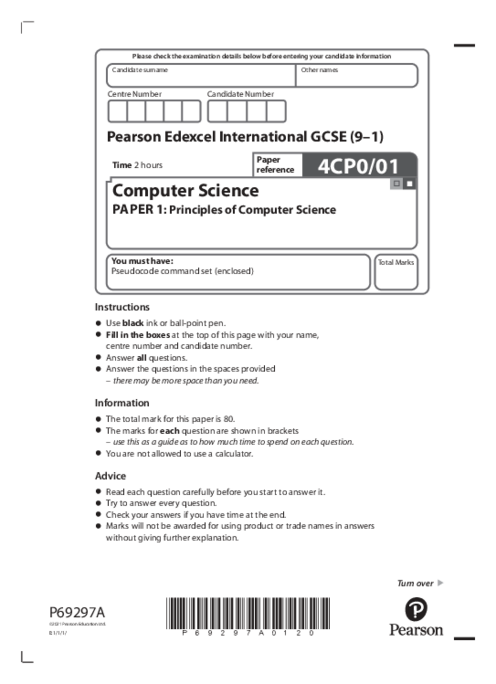Computer Science/01 Oct Nov 2021
omer uner
1. Binary and Data Representation: Converting between denary, binary, and hexadecimal, two’s complement representation, bitmap image storage calculations, and lossless compression techniques.
2. Networking and Cybersecurity: Identifying phishing attempts, preventing unauthorized access, encryption methods, penetration testing, and risks of delaying software updates.
3. Algorithms and Programming: Writing pseudocode, debugging errors, using trace tables, implementing iteration and selection structures, and counting occurrences in strings.
4. Computer Systems and Architecture: CPU components and functions, fetch-decode-execute cycle, clock speed impact, embedded systems, and factors influencing CPU selection.
5. Data Transmission and Communication: Network types (LAN, WAN, PAN), TCP/IP protocol stack, radio frequencies for Wi-Fi, and benefits of higher mobile network frequencies.
6. Software Development and Protection: Benefits and drawbacks of low-level programming, anti-virus functions, Boolean logic for security systems, intellectual property protection, and software licensing.
See More Paper 1 10 months ago
Computer Science (4CP0) Subject directory
All resources in one place
Related Past Papers
Related Tutorials
Crash report
